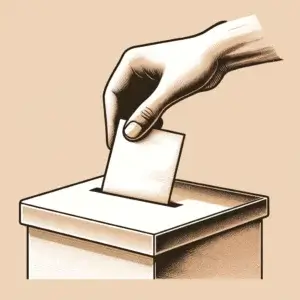Australian scientists announce they have made a breakthrough in Chronic Fatigue Syndrome testing, now looking for partners to bring a diagnostic test to market.
An ABC radio interview with Australian scientists at Queensland’s Griffith University reveals they have identified new markers on white blood cells which can be used to screen patients. Patient Lyn Wilson, Professor Don Staines and Professor Sonya Marshall-Gradisnik are interviewed. Listen to the interview or read the transcript.
DAVID MARK: Australian scientists say they could soon produce a diagnosis for Chronic Fatigue Syndrome that could be as simple as having a blood test.
The scientists have identified new markers on white blood cells which can be used to screen patients who present with symptoms characteristic of chronic fatigue.
DON STAINES: We have found for the first time, specific markers, which can now be used in the form of a blood test to screen people who may present with symptoms of Chronic Fatigue Syndrome or myalgic encephalomyelitis to their GP.
– report by Courtney Wilson on ABC’s PM program
Several published and as-yet-unpublished studies contributed to this stage, according to Griffith.
Reader John, found the patent application from Professor Marshall-Gradisnik:
ABSTRACT: In one embodiment the invention relates to the use of differentially expressed microRNAs (miRNAs) as biological markers for identifying subjects that have Chronic Fatigue Syndrome (CFS) and/or Myalgic Encephalomyelitis (ME) [systemic exertion intolerance disease (SEID)], or are at risk of developing CFS and/or ME. In another embodiment, the invention relates to probes, tools, reagents, kits and assays for screening subjects for CFS and/or ME and/or managing CFS and/or ME.
From Griffith University’s media release:
The research team from the National Centre for Neuroimmunology and Emerging Diseases (NCNED), Menzies Health Institute Queensland, has identified new markers that can be used to screen patients and is now looking to partner with diagnostic companies to bring a test to market. The screening test is expected to benefit all those with symptoms of the condition.
“Over the last four years, with support from the Queensland Government and philanthropic donors, we have identified unique markers in CFS patients,” says Professor Marshall-Gradisnik.
“This screening test may be expected to become a laboratory standard to provide more certain, and cost-efficient, diagnosis for CFS. Currently patients may be undergoing a range of tests to diagnose for CFS which incurs a significant cost to the health care system.
“CFS, also known as myalgic encephalomyelitis (ME), affects up to 400,000 Australians, many of whom are housebound or bedbound. Patients are isolated and further stigmatised by disbelief of their condition.
“This illness has traditionally been difficult to diagnose, meaning that people can go for months without getting the care and attention they require. We are confident that the new screening test currently in development will provide efficient and increasingly accurate screening for people with CFS. This test may also be used to monitor and track the progression of their illness,” says Professor Staines.
Innovative research
Developing this screening test and engaging potential diagnostic companies reflects the innovative research being undertaken to deliver better health outcomes for CFS patients in Australia.
Awareness and support of CFS is currently gathering momentum in Australia, with a recent Senate Estimate Committee highlighting the requirement for increased research and funding regarding the condition.
From Griffith University.
(One of the related studies may or may not be ‘A Preliminary Comparative Assessment of the Role of CD8+ T Cells in Chronic Fatigue Syndrome/Myalgic Encephalomyelitis and Multiple Sclerosis’, see an abstract for the study. The study, conducted on 23 CFS/ME patients, 11 untreated MS patients, and 30 nonfatigued controls. In CFS/ME patients, a marker called CD127 was significantly decreased on all subsets of CD8+ T cells. PSGL-1 was significantly reduced.)





6 thoughts on “Griffith Uni claims breakthrough on diagnostic blood test”
It looks like the study mentioned in the article might not be the study the news reports are about. See the patent application below-
Abstract
In one embodiment the invention relates to the use of differentially expressed microRNAs (miRNAs) as biological markers for identifying subjects that have Chronic Fatigue Syndrome (CFS) and/or Myalgic Encephalomyelitis (ME) [systemic exertion intolerance disease (SEID)], or are at risk of developing CFS and/or ME. In another embodiment, the invention relates to probes, tools, reagents, kits and assays for screening subjects for CFS and/or ME and/or managing CFS and/or ME.
https://www.google.co.uk/patents/WO2016023077A1?cl=en&dq=sonya+marshall-gradisnik
Thanks John, that is a very interesting find!
I’ll add that into the article, if you don’t mind.
Sasha
The study mentioned in this article is an earlier one. If you go to the NCNED- Australia website you will find both the relevant (latest) study and reference to earlier studies.
“The scientists have identified new markers on white blood cells which can be used to screen patients who present with symptoms characteristic of chronic fatigue.”
I hope you mean ‘characteristic of chronic fatigue syndrome”, because the hallmark symptom of chronic fatigue is chronic fatigue, where as chronic fatigue syndrome has a multitude of symptoms out of which post-exertional malaise is the hallmark symptom.
Sadly that is a direct quote from the ABC report.
Hi, hope this data helps U. ; In 1987, i was a US Air Force Reservist who received 18 vaccines Jan. 1987 to May 1987 where i finally collapsed at the base while on duty. No muscle strength at all.
I was gripped by S.E.I.D. & quickly, a panic-anxiety disorder took hold.
The 18 vaccines included X-based anthrax, X-based anthrax boosters (5), P-B nerve agent drugs,
polio booster, Hepatitus, MMR and a dozen more which remain classified. I deployed to Incirlik air base, Turkey, northwest of Syria in 1987, then collapsed in May,1987 after another ’round’ of
classified vaccines
Your research discovered an anomaly(marker) with the ‘white-blood’ cells. So, consider please, could the immune system be weakened or compromised in my case ?
If so, then maybe immune system strengthening drugs or nutraceuticals for the immune system would make a dramatic improvement ? You may publish this to all.
Keep trying & thank you All ,
Jerry Lee
Comments are closed.